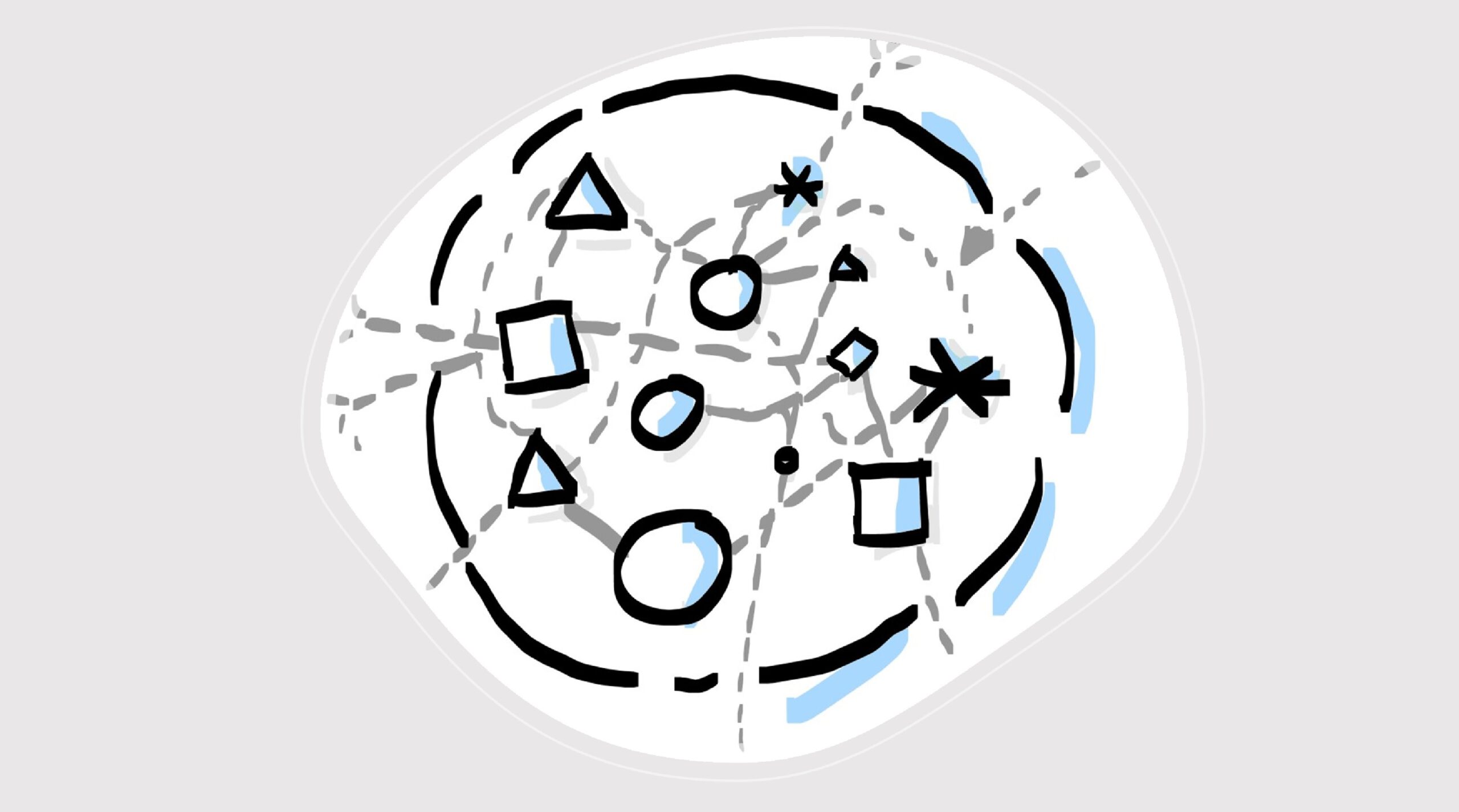There is nothing more practical than a good theory.
Systemic approaches have been around for a while and are currently very popular. The reason for this is a world that seems to be getting more and more complex.
Recently, I have been asked about the topic quite often. I realised again how important systemic thinking and systemic approaches are for me and my work.
At the same time, I have noticed (again) that people find it difficult to understand the concepts behind it. And also how practical it is to know a few basic aspects about it.
All those who have tried to read and understand the grand masters of systems theory have an idea of where this comes from. After all, the subject is very sophisticated and often treated in a very blurred way in terms of language.
Hence the attempt to explain in a small series a VERY big topic with the most crucial points for me.
This is of course a good chance to fail big time. So it is a most appropriate topic for this blog: Challenge Accepted.

These three points we will look at:
- What is a system?
- How do systems work?
- Why is it so relevant and helpful?
So let’s clarify here first:
What is a System?
The most important criteria that describe systems in general are:
- A system is a unit and can also be perceived as a unit.
- A system is contained (container), i.e. it has such a thing as a limiting shell that can be perceived from inside and outside.
- Thus a system has a inside world and a outside or environment. (That is why there are inner and outer perspectives).
- What is going on inside a system is often difficult to identify from the outside, usually not even at all. Or at least not with certainty and/or in detail.
- What goes on outside of a system can only be seen from a (limited) inside perspective (and often enough not at all).
- Systems consist of several elements that can be seen as independent sub-systems.
- The elements of a system are – partially, but not always (!) – connected to each other. They therefore relate to each other – at least in part.
- These relations are realised through communications and communication structures (and only through this).
- Exchanges and/or communications with the outside world is (necessary for survival)for (most) systems.
- This exchange takes place exclusively via interfaces. (Which can be thought of as “locks” in the shell.)

Concrete and Abstract Systems
It is helpful to distinguish between concrete and abstract systems. (Although it is possible to consider virtually all systems both concrete and abstract – as an idea or thought construct, so to speak).
Concrete systems are things that can be understood in the sense of being grasped. For example, machines or living beings. Abstract systems are phenomena that are not tangible, but lie in our worlds of reason, imagination or feeling: e.g. world views, relationships of all kinds, company constructs, etc.
 Concrete examples.
Concrete examples.
- People
- Refrigerator
- Computer
- Pencil
- Team
Abstract examples
- Language
- Conflicts
- Worldviews
- Company
- Team
- Utopias
- Daydreams
- Wishes
A Few Questions for You to Help You Digest
- What are the most important criteria for a system again?
- What examples of concrete and abstract systems can I think of?
- What are examples of system boundaries?
- How can they be described in general and concrete terms?
- What are examples of interfaces?
- What does it take to make them work well?
- What could be the reason why not all elements of a system are directly connected?
- Why have I read this far?
- Why am I even interested in all this?
What Else Comes to My Mind?
- Ameln, Falko von: Constructivism. The foundations of systemic therapy, counselling and educational work. Stuttgart, 2004.

- Hacke, Axel: Nights with Bosch. 18 unlikely true stories. Munich, 2012.
- Simon, Fritz: Einführung in Systemtheorie und Konstruktivismus. Heidelberg, 2008.
